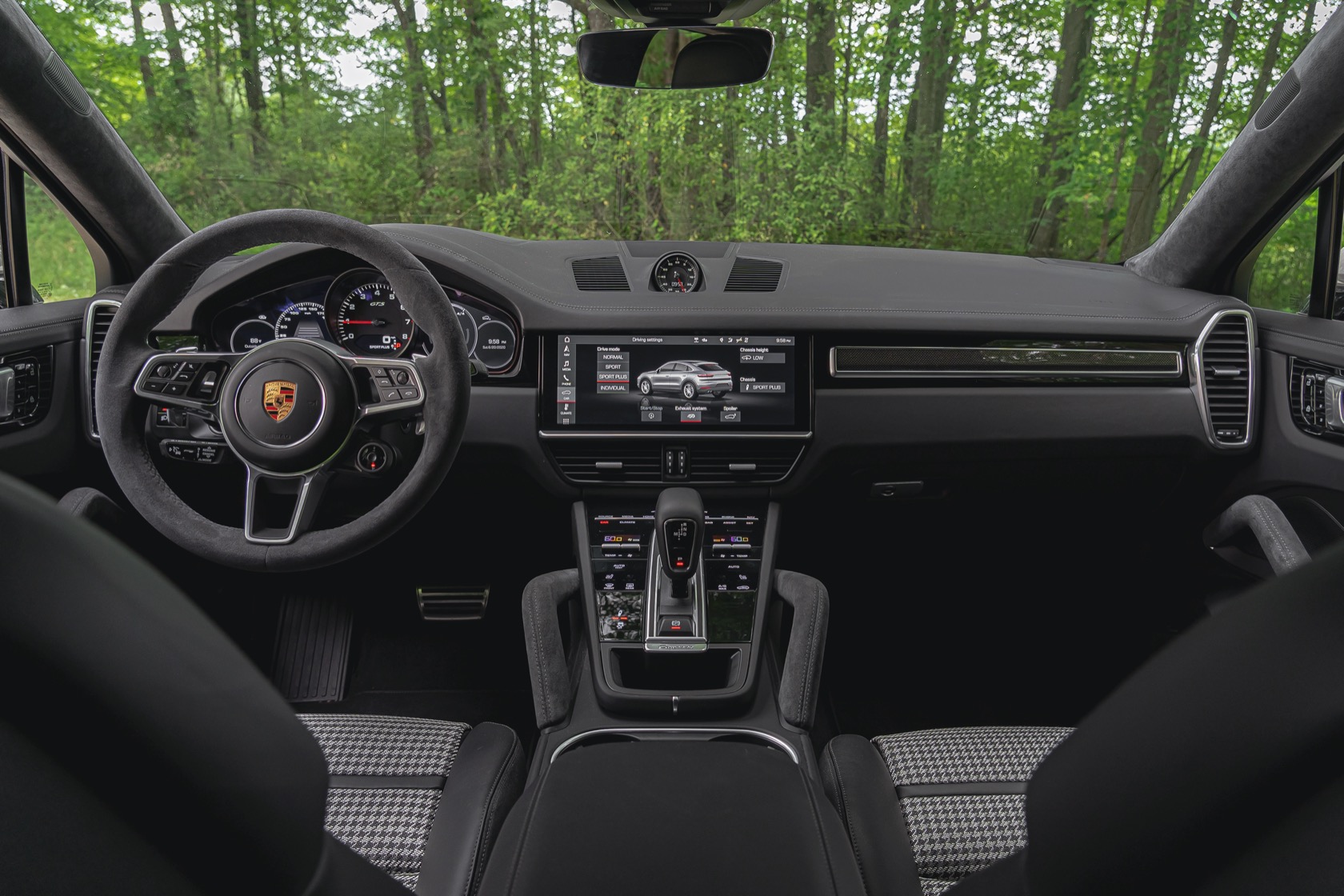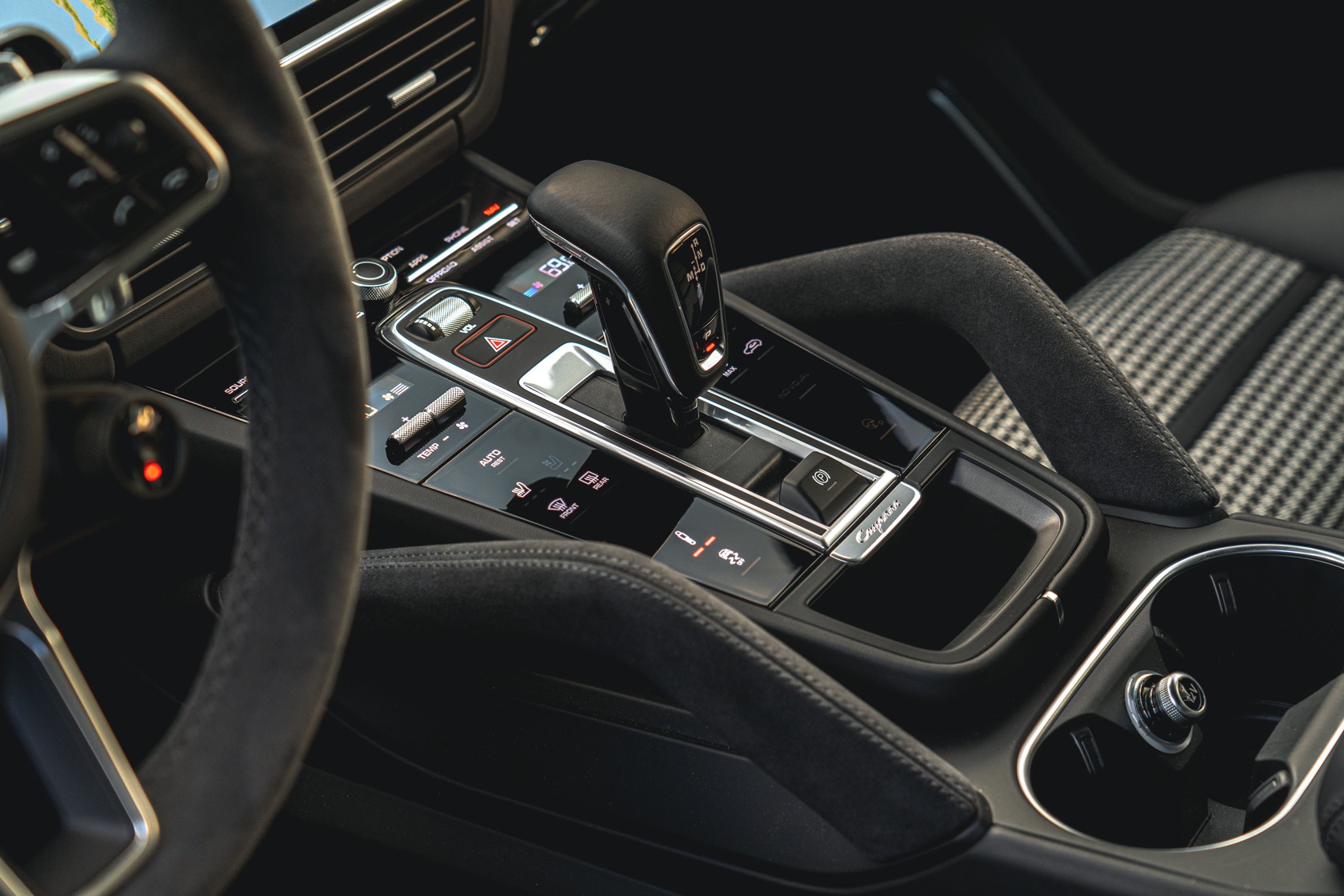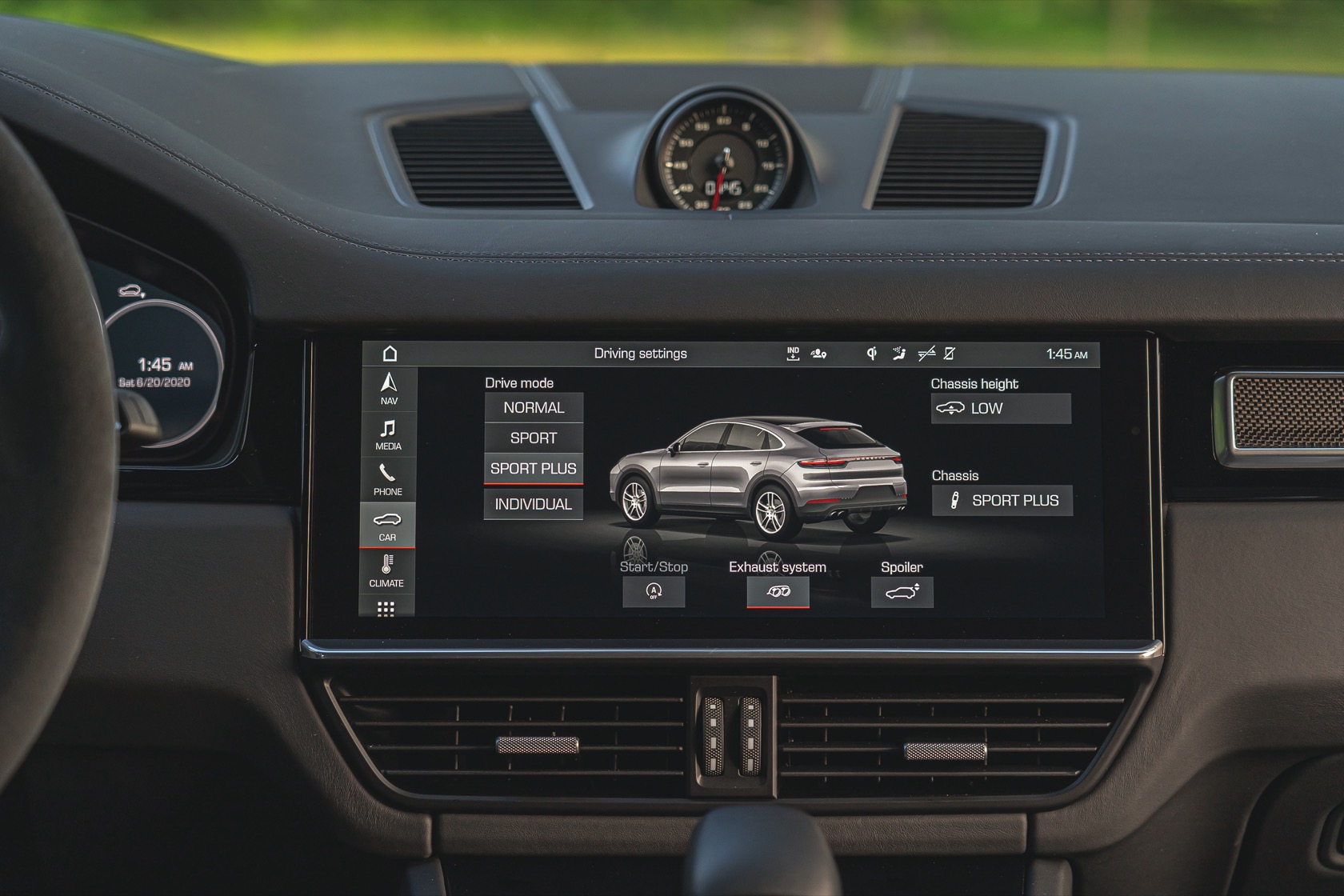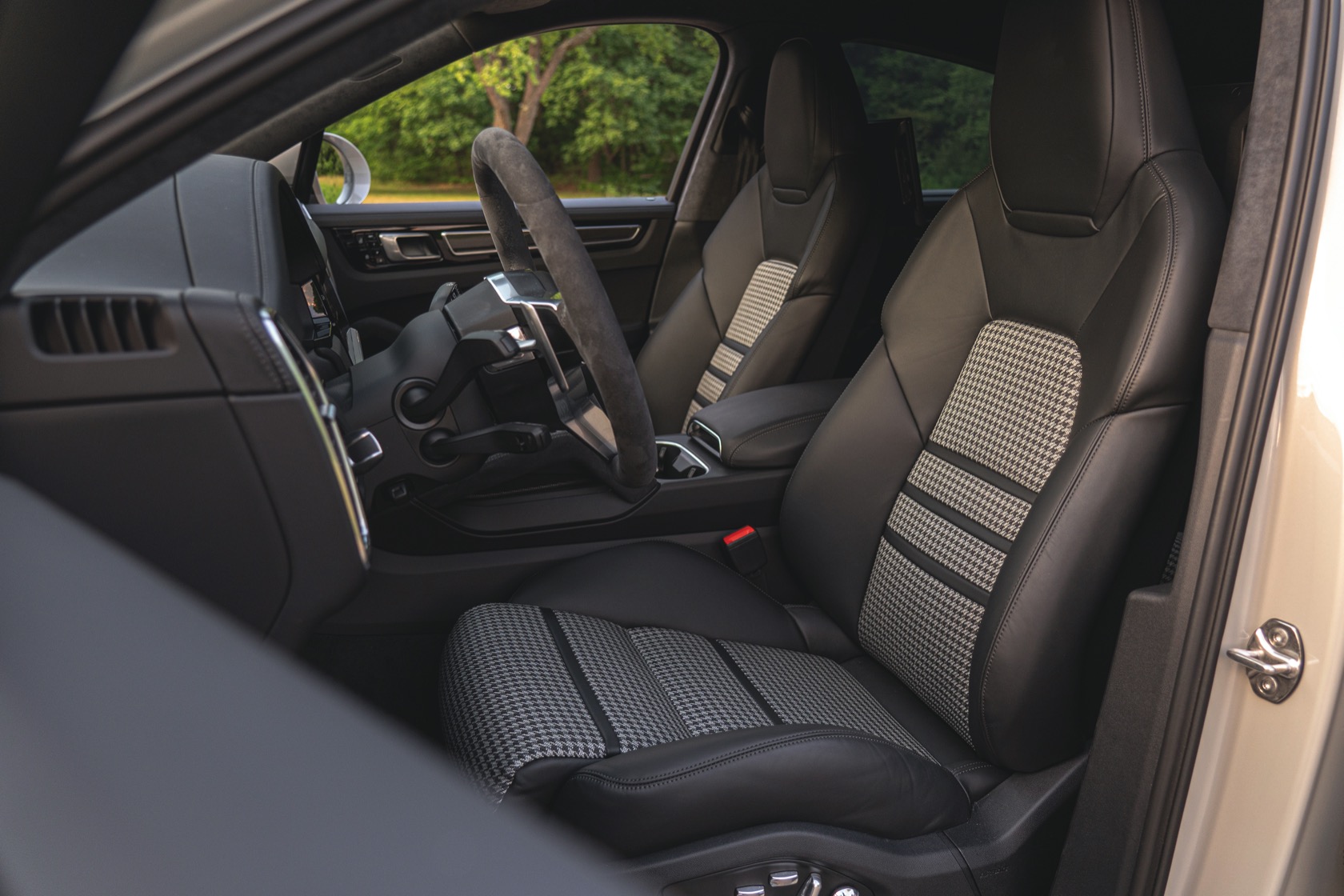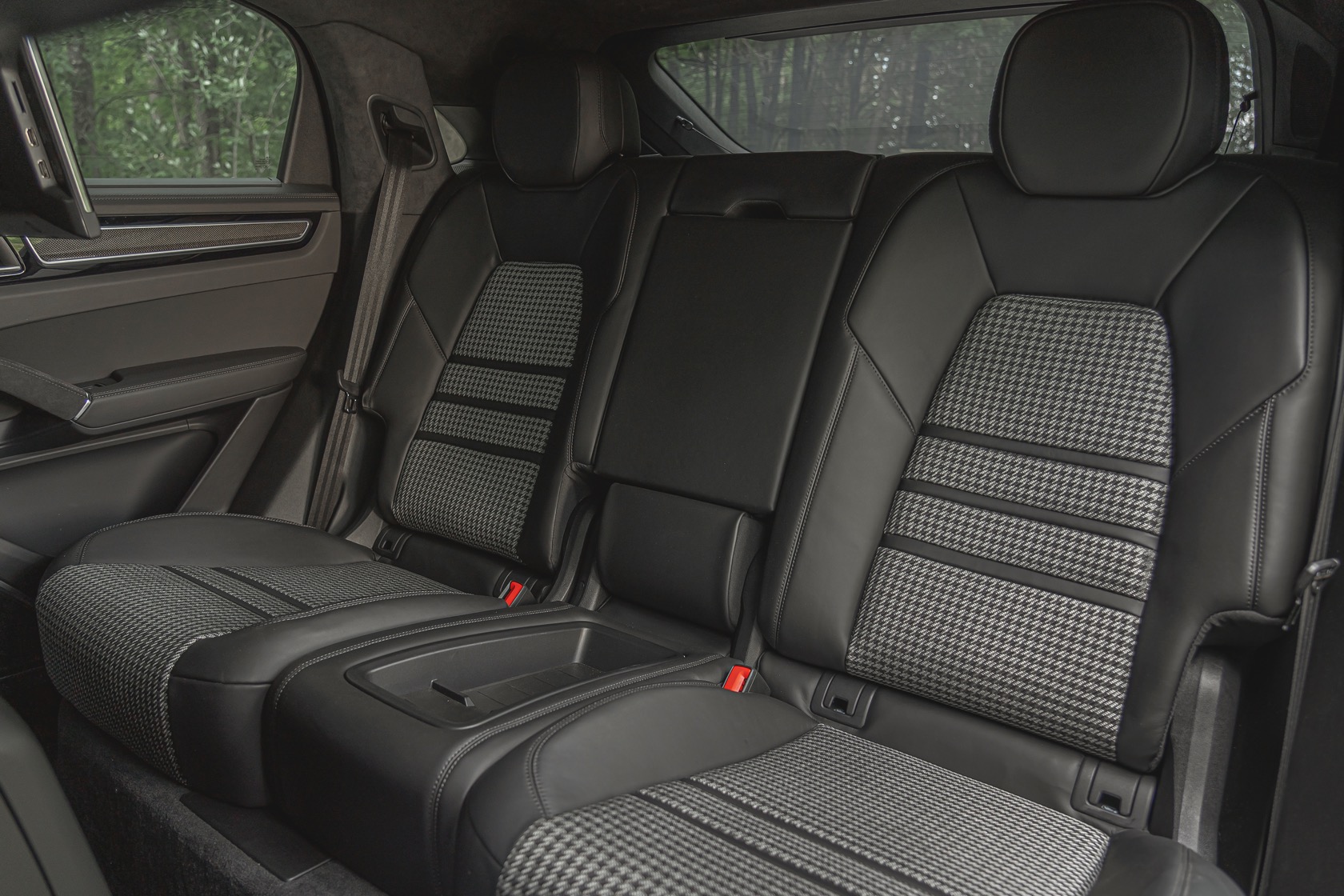2021 Porsche Cayenne GTS First Drive - The Sports Star
Porsche's love for acronyms runs deep, even by auto industry standards, but arguably its three most important letters can be found on the back of the new 2021 Porsche Cayenne GTS and Cayenne GTS Coupe. Latest to bear the coveted "Gran Turismo Sport" label, the two SUVs trace back their lineage all the way to the original 904 GTS that first earned the badge its kudos in 1964.
That, of course, was a two-door Carrera coupe, and one made for racing. Today's new Cayenne GTS and Cayenne GTS Coupe, in contrast, promise room for the family along with their sporting aspirations.
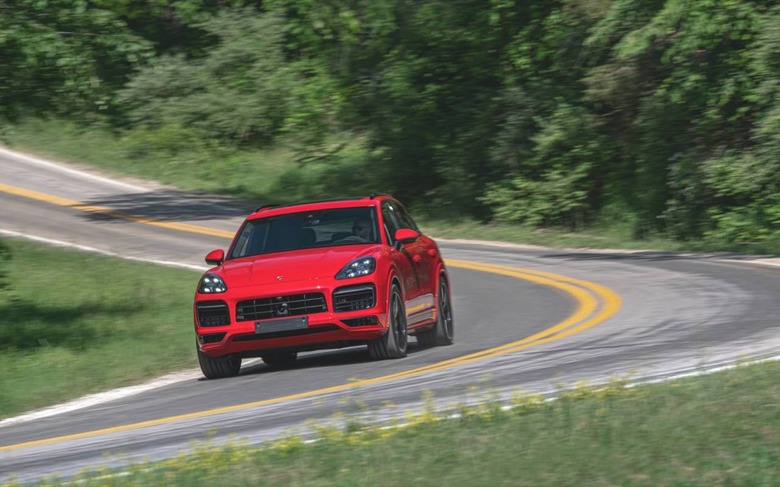
They slot in-between the S and the significantly more expensive Turbo versions of their respective ranges, the Cayenne GTS starting at $107,300 (plus $1,350 destination) and its GTS Coupe cousin at $110,500. In return for the premium over the S models, though, you get a host of performance and style upgrades. One of the most important is under the hood.
The original Cayenne GTS had a naturally-aspirated V8; its second-generation successor swapped that for a twin-turbo V6. This third-generation SUV borrows something of both, with a 4.0-liter twin-turbo V8. At its core it's the same, basic engine as in the Turbo, but less turbocharger pressure – 0.8 bar versus 1.5 bar – among other factors make for 453 horsepower and 457 lb-ft of torque.
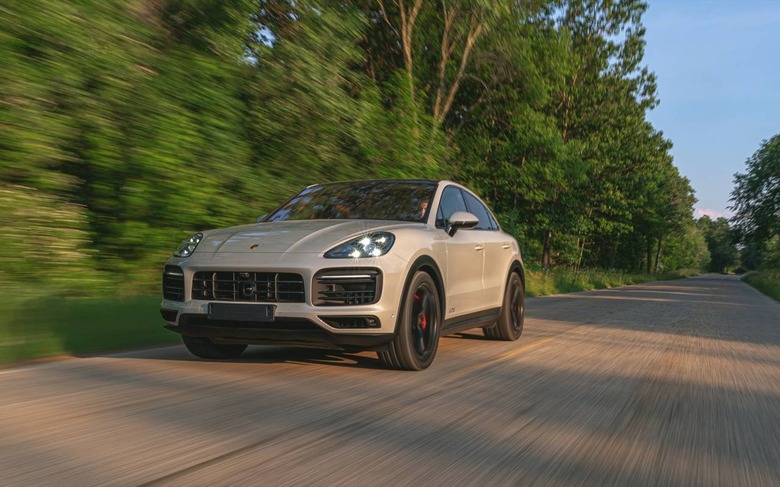
Obviously that's down from the Cayenne Turbo's 541 hp and 567 lb-ft, but a compromise there does come with some benefits. Less power meant Porsche could use a smaller version of the 8-speed Tiptronic S. It could also opt for lighter engine components; as a result, this new twin-turbo V8 is only around 40 pounds heavier than the old V6.
It contributes to a nimbleness you feel on the road, and a sense of "rightness" to it all. The right amount of power, the right stance, the right poise. Fast in a straight line, sure, but just as fast through the corners too. Porsche builds its GTS cars for its most sport-minded customers, and just because the Cayenne is an SUV that doesn't make it exempt.
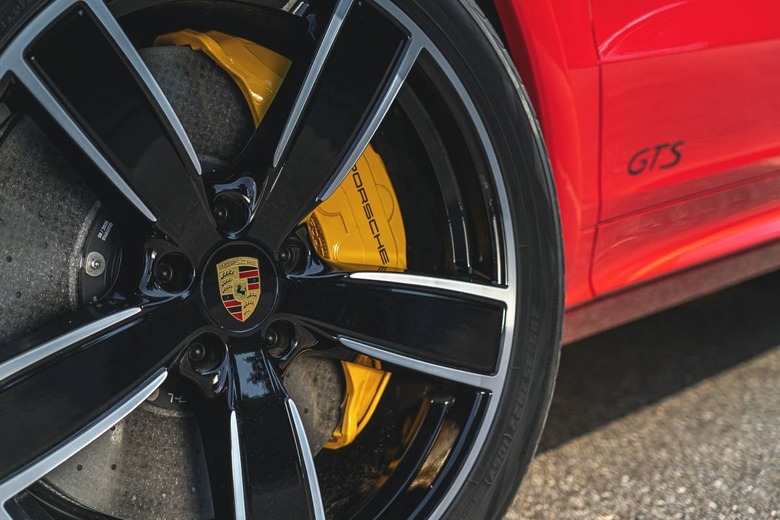
It's not difficult to drive, or unruly. Where some powerful cars leave you feeling as though you're constantly fighting a hair-breadth from potential disaster – and indeed rely on that precipice for part of their allure – the GTS is charmingly collaborative. When you want to drive enthusiastically, it wants to do that too.
None of that comes as an accident. The steering calibration has been tweaked, to optimize the friction and damping feel so as to maximize feedback from the asphalt. The wheel isn't heavier than in a Cayenne S, just weighted slightly differently. Much in the same way, the Porsche Active Suspension Management (PASM) dampers and standard-fit air suspension have been massaged. The GTS rides 40mm lower than a Cayenne S, a helpful change to the center of gravity, but it's also tuned for less motion in the body during aggressive turns.
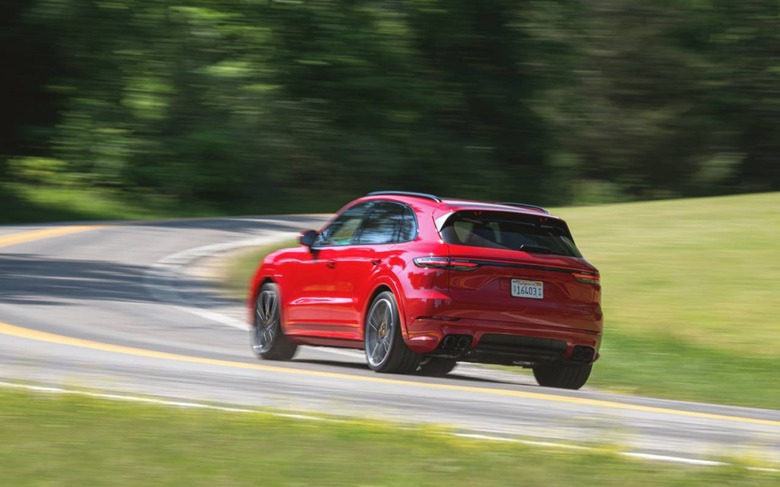
Speaking with Porsche's Cayenne GTS team, there's a sense that this approach – dozens of small refinements and improvements which come together to make a more enthusiast-focused car – suits their German sensibilities most completely. See, for example, how the Porsche Traction Management (PTM) has been recalibrated, along with the Porsche Torque Vectoring (PTQ), to bias power to the rear. Most of the time, the Cayenne GTS is rear-wheel drive, only conceding to redirecting torque to the front wheels when absolutely necessary.
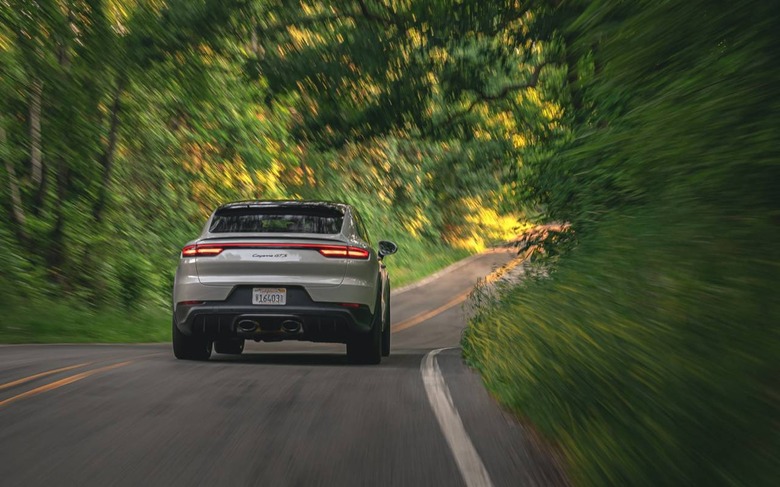
In theory, up to 100-percent could be pushed to the front axle. In reality, under regular conditions it's entrusted with about 50-percent, when under full-throttle acceleration. The GTS constantly changes the split, according to acceleration, speed, how aggressively you're cornering, and other factors.
You see the fruits of the engineers' handiwork more readily, too. The drive mode dial on the steering wheel is part of the standard-fit Sport Chrono package, with Normal, Sport, Sport+, and driver-customizable Individual modes around a center button that maxes out all the performance settings in one 20 second boost. Normally, PTM's more aggressive mapping wouldn't arrive until you switch to Sport+ but, in the Cayenne GTS, that happens when you flip from Normal to Sport instead.
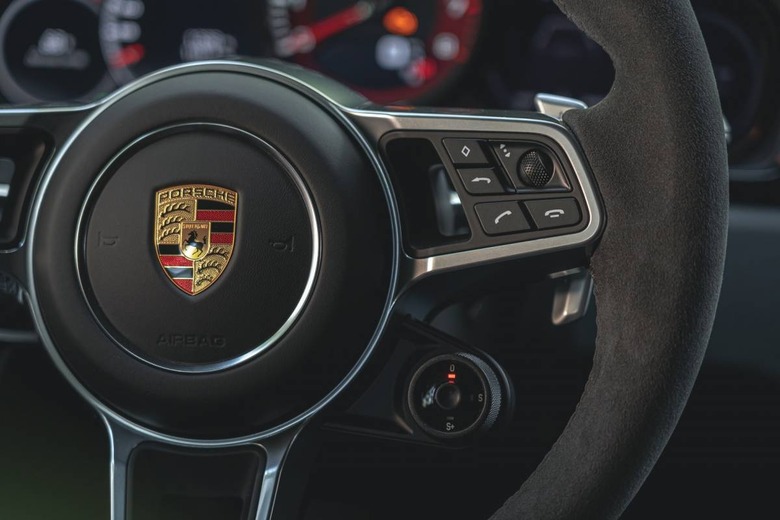
What stands out is how much this is an SUV of two worlds. Leave the Cayenne GTS in Normal mode, and it does its best to convince you it's a luxury off-roader. Surreptitious gear-changes, relatively tempered engine and exhaust noise, and a plush, compliant ride. The fact that US cars get that three-chamber air suspension as standard – versus the Euro-spec's starter steel springs – certainly helps there, too.
It feels like a very different vehicle in Sport, though. More urgent and determined, something which is only amplified in Sport+ mode. Gear-changes get faster with each click of the dial, the Cayenne GTS hunkering down to its lowest height. There's a feeling of being in something more akin to a Porsche wagon than an SUV, a sensation that's both visual and one you grasp in your core. Many fast trucks leave you with the sense that you're sitting atop a very powerful drivetrain: the GTS embeds you at its heart.
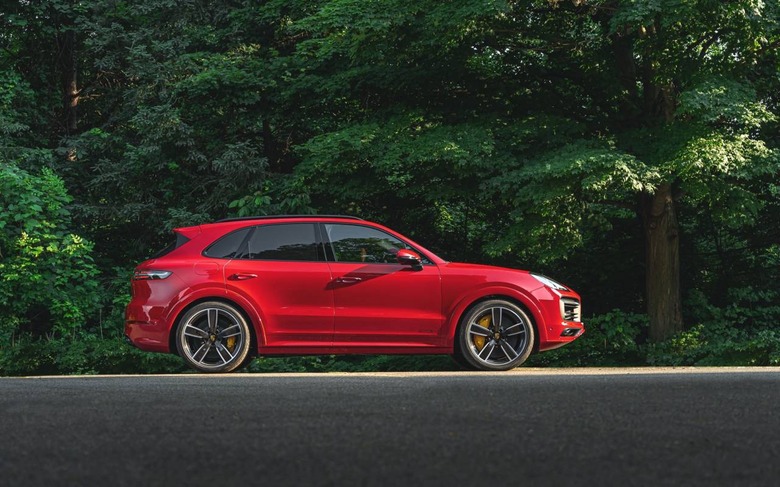
Both the SUV and the GTS Coupe look the part, too. Porsche makes the Sport Design package standard, blacking out the exterior badging, front air intakes, side trim, and tailpipes, and applying a dark tint to the Porsche Dynamic Light System LED headlights and taillights. 21-inch RS Spyder Design wheels are finished in matching satin black, with beefy Brembo brakes clear through their slender spokes.
As with the regular Cayenne Coupe, there's a Lightweight Sport Package for GTS Coupe. Most notably you can swap the quad tailpipes of the standard Sport Exhaust for a center exhaust with oval tips. In all there's a 55 pound weight cut over the standard car.
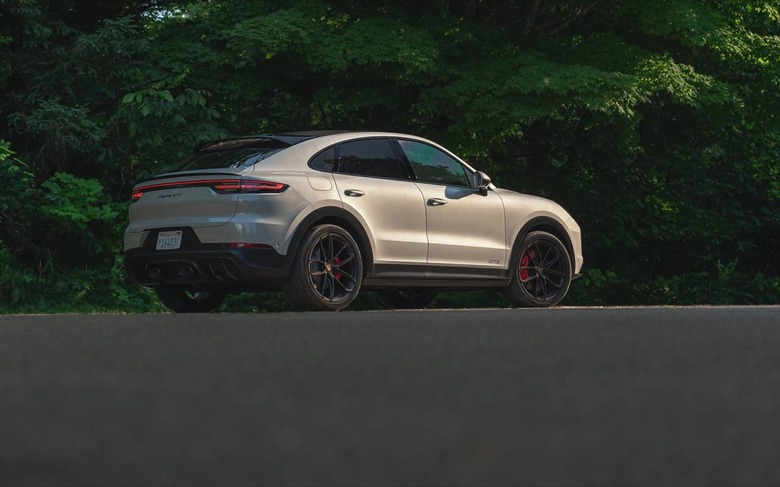
Inside, eight-way sport seats are standard. Porsche adds higher side bolsters and lashings of Alcantara, though the Cayenne GTS Coupe can be had with glorious houndstooth fabric panels instead. Black-brushed aluminum trim and contrast stitching leave it all feeling suitably sporting, while the meatier rim of the steering wheel is tactile and easily gripped.
Porsche's center console-spanning 12.3-inch touchscreen and latest PCM infotainment system are easy to use and support a customizable homescreen with widgets. Or, you can use Apple CarPlay instead, with an optional wireless charging pad. There's a Bose surround sound system as a $1,200 upgrade, or an even more excessive Burmester 3D system for $7,000.
Avoid the options and the Cayenne GTS and GTS Coupe are actually less expensive than a similarly-equipped Cayenne S, to the order of several thousand dollars. Of course, that advantage goes out the window once you start dipping through Porsche's options list.
By the time Porsche Dynamic Chassis Control ($3,590), Ceramic Composite Brakes ($9,080), adaptive cruise with lane-assist ($3,610), a head-up display and Night Vision Assist ($1,720 and $2,420), Adaptive Sports Seats Plus with heating front and rear ($1,710 and $1,060), and bigger, 22-inch wheels ($2,770) had been added – plus a dozen or so other extras – the red Cayenne GTS you see here had spiraled up to $167,070 (plus $1,350 destination). Self-restraint, as ever, is your friend when faced with Porsche's configurator, but I really can't envisage many "pure" GTS leaving the factory.
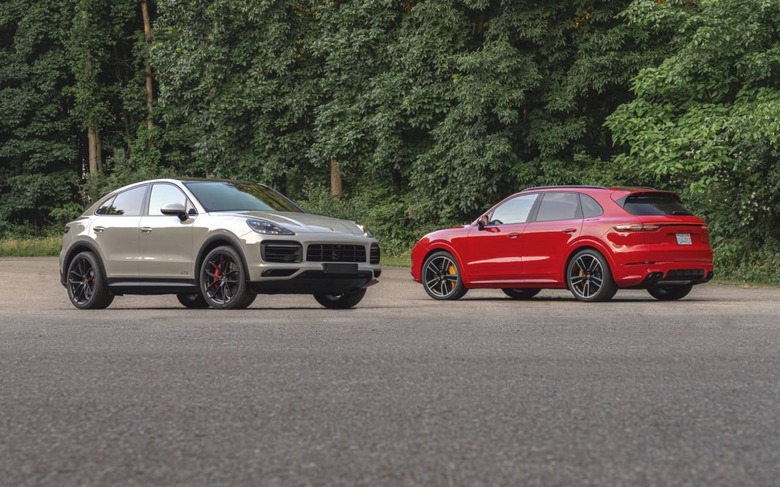
That's par for the course with Porsche, and I'm not sure anyone even vaguely familiar with the brand expects a "cheap" car. What sets the 2021 Cayenne GTS and GTS Coupe apart, though, is how little in the way of compromise it feels like you're making. On the one hand it's a luxury SUV like every Cayenne; on the other it's a not-that-distant cousin to the Panamera GTS Sport Turismo. Porsche expects only 10-percent of overall Cayenne sales to be GTS models, of that a roughly fifty-fifty split between SUV and Coupe. Quite honestly, the other 90-percent of owners are missing out.

